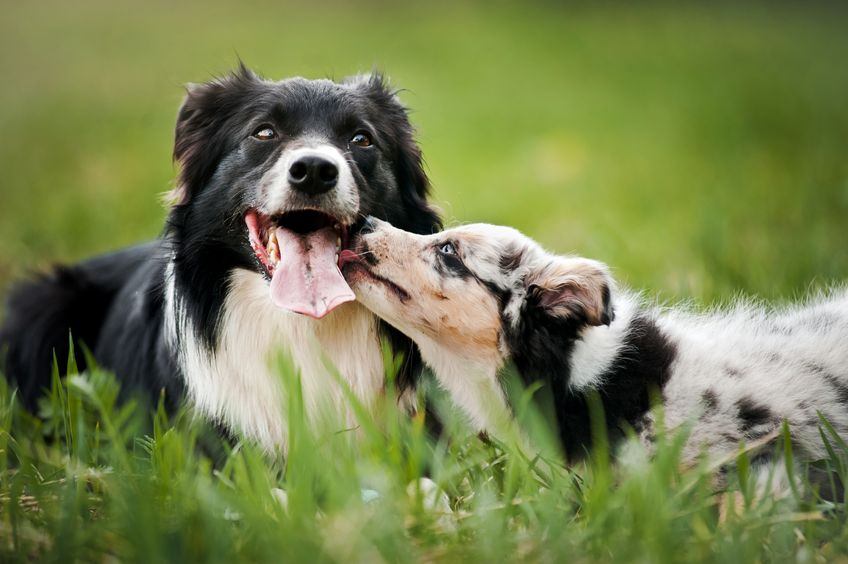The dangers for your furry friend are all around them. Taking your dog for a walk can be quality time for the dog and the owner, but it can filled with all kinds of danger.
Most people when they are walking their dogs, they tend to be vigilant on dangers such as skunks, possums, raccoons, and snakes. There are other dangers that can be closer to the ground or in the ground. One such hazard is grass awn.
What is Grass Awn?
These dangers are usually called awn, timothy, foxtails, cheat grass, June grass, Downy Brome or any other colloquial names, but for your dog it is all trouble.
An awn is a hairy like bristle, or appendage from the ear or flower of barley, rye or many other types of growing grass. The bristles on awns are usually the way they spread their seeds. The bristles of an awn are like quills of a porcupine and they stay into the tissue until infection.
How do Grass Awns Injure Dogs?
Grass awns are a danger upon contact with your dog. The awns can be lodged in the ear, nose and skin of your pet. The problem is that the owner nor the dog can remove all the awns.
The risk of exposure determines on where you live. If you live in an urban environment then the risk is less than those that walk their dogs in the country side. Any overgrowth can be a danger for your dog. Hunting or working dogs have a great exposure of awns. The real danger is urban pet owners who are not aware of grass awns, because they do not think to remove the bristles.
“Dogs tend to ‘lead with their noses’ when they’re exploring, so it’s not too surprising that a sharp seed head from a long piece of grass might get lodged up there.”
What are the Symptoms of Grass Awn infections?
If a dog has an awn stuck in its nasal cavity, sneezing is usually among the first symptoms, says Dr. Coates. After a while, the problem might result in nasal drainage or infection. A dog might also excessively rub its nose.
According to Veterinarian Dr. Patrick Mahaney of California, some of the symptoms of plant awn imbedding include inflammation, redness, irritation, and draining sores on the skin which have a clear or purulent (pus) discharge. He also says to be on the lookout for draining tracts (an opening to the skin surface from which clear or purulent discharge drains), licking, scratching, chewing, or pawing at the site,lethargy, depression, and a decreased appetite.
How to Remove a Grass Awn from your Dog- When you should not.
Should you consult your veterinarian if your dog ever gets into contact with awns? The answer is a little difficult to answer.
According to Dr Coates, if you can see the awn in your dog’s nose and your dog is cooperative then you should take it out. Dogs that are not very cooperative then you should leave it to the veterinarian.
If the awn is barbed then it is better to consult a veterinarian. Removing these things can be very tricky. Some of the barbs can be embedded into tissue which will cause inflammation and infection. Some of the awns can travel through the body cavity.
How to protect Your Dog from grass Awn Injuries.
If you can keep your dog from exploring any part of nature then you will be good. The problems is that we know that is impossible. The best thing an owner can do is when they suspect that their dog has been exposed to awns, they should check them. A grooming brush can remove some awns from their coat. If you cannot see the bothersome awn, you should have the dog seen by a veterinarian.
Keep your dog safe by checking your dog and make sure they are clean after every walk. Our pets love to explore and we need to protect our dogs.
